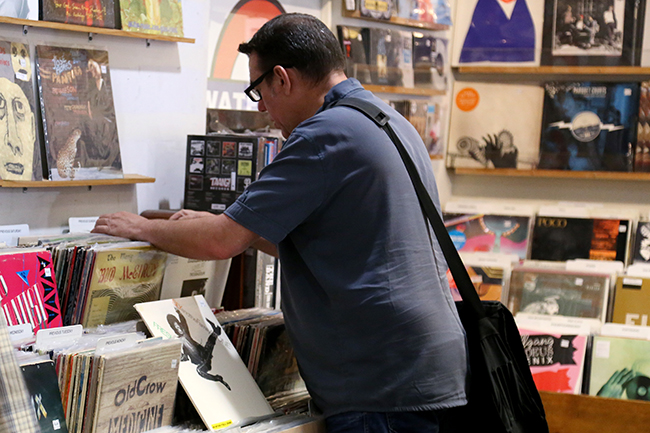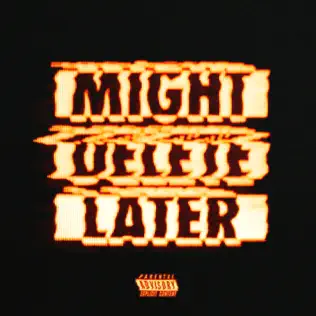In the world of digital streaming and underpaid artists, vinyl record sales have overcome a two-decade slump. With rapidly increasing vinyl sales, record stores are seeing a resurgence of an old-fashioned icon.
In the early ’90s, vinyl sales reached an all-time low, and the music industry began to write off the once-popular medium. But starting in 2007, record stores noticed a slow increase in vinyl consumption and, by 2014, sales reached 9.4 million units. This year, sales are expected to surpass last year’s, with sales already amounting to 5.2 million in July.
John Kunz, owner of Austin’s Waterloo Records, said this July marked the first time since the early ’90s that vinyl sales surpassed compact disk sales at his store. Kunz said he embraces the new demand for vinyl, because it indicates people are paying money to support the artist instead of downloading songs illegally.
“It’s frustrating when a lot of musicians are bemoaning the fact that music sales had evaporated with folks acquiring their music online or [artists] getting smaller payments for digital sales,” Kunz said. “If musicians stop making the music we love, then we are going to have a much poorer world.”
Kunz said the experiences associated with listening to vinyl records appeal to consumers — they enjoy dropping the needle on the records, the textured sound and flipping through old records in the local music store.
“Music lovers want to truly relish their music as they are listening to it,” Kunz said. “It’s not scarfing down a fast food burger. It’s sitting down and making a really nice dinner for yourself and your friends.”
Accounting senior Katie McDoniel, who owns more than 85 records, said she buys records because it’s more profitable for the artist than streaming and digital downloads. She said it also forces her to pay attention to the full album.
“I think it’s more of a collectible thing,” McDoniel said. “People like for other people to see their music tastes I think. You are putting your music collection on display.”
Vinyl’s resurgence may indicate that a growing number of consumers are motivated to support artists, but many independent musicians face obstacles when trying to press content on vinyl.
Mike Buck, co-owner of local record store Antone’s, said many artists cant afford vinyl production because it’s expensive and inefficient. With only 13 existing pressing plants in the United States, the demand for vinyl has exceeded its supply.
“Right now, the demand for vinyl is so high that pressing plants are backed up, it’s hard for independent musicians to get in and have their music pressed,” Buck said. “Hopefully some pressing plants will spring up with the demand.”
Waldo Wittenmyer, UT alumnus and keyboardist of local band Toma, said producing content on vinyl is much more costly and less time efficient for unknown artists trying to gain exposure.
“One of my friends was talking about how it was taking over six months to get anything pressed,” Wittenmyer said. “How could anyone deal with that when you are trying to release something?”
Kunz said that eight years ago, he might have thought vinyl’s resurgence was just a phase. But today’s numbers confirm it is a lasting interest.
“People are wanting to improve their collection, wanting to improve their sound system,” Kunz said. “When someone starts moving up in the world of the turn table they are listening to, putting more of an investment into it, I think that’s an indicator that this isn’t something that’s just trending.”





















